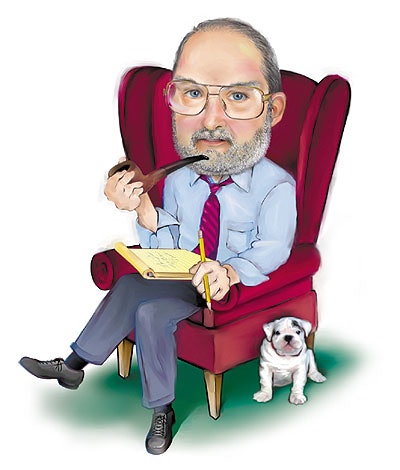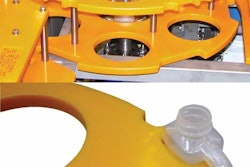
Of course, in today’s national debate, “outsourcing” is a subject far broader than packaging. But make no mistake: packaging remains one component of it, even if the political focus seems to be more on product manufacturing and even technical and customer service positions.
Outsourcing isn’t a four-letter word, but “jobs” is, and it appears that we’re going to be hearing a lot about that four-letter word this political season.
But if we strip away the political rhetoric, the outsourcing of both manufacturing and packaging functions has created a sizable and growing number of contract packaging jobs here in the United States. I don’t see that growth stabilizing or declining any time soon. And the primary reason for this is what I call our T&P (technology and proficiency) advantage.
As you can see in Packaging World’s most recent survey on contract packaging (p. 61), packaging technology continues to be the most prominent reason that companies work with contract packagers.
One of the most fascinating trends I’ve been watching in our business is just about a decade old. That’s when I began to see new packages and machinery being designed specifically for contract packagers, where flexibility needs to be combined with reasonably automated high output. From form/fill/seal equipment to unscramblers, from case packers to palletizers, a sizable number of new machines have been developed over the last decade to appeal specifically to the requirements of the CP market.
Typically, this CP focus means these machines are not destined for the manufacturing giants that use the dedicated, highest-speed packaging equipment. Instead, these new models sacrifice some output for the flexibility and versatility that CPs usually prefer. Of course, it also helps that those very same machines can also find a ready market in many mid-sized packaging operations.
However, two factors distinguish this type of equipment from the medium-output equipment of old: the technologies it employs, and the skills it requires. In the recent past, mid-range equipment was often semi-automatic. And when U.S. companies upgraded or changed equipment, these machines found a ready market in companies located in second-tier countries.
This still happens, of course, but not as frequently with the newest machines destined for CPs. That’s because many of these are not semi-automatic machines at all. Instead, many of these are automated machines with sophisticated control systems that require not only skilled operators but well-trained maintenance people, too. Often, it’s difficult to find workers of this caliber in many second-tier countries. Once found, it’s even harder to keep them.
This brings us back to the “P” part of the T&P theory. Sure, it may be that many workers laid off from manufacturing plants do not have the skills that are necessary to operate or maintain this new generation of equipment. But so long as technical schools keep turning out students with up-to-date electronics skills—coupled with those skilled employees who have been put out of work—the United States is likely to continue to have a major edge in employee proficiency to work with this new level of CP-designed equipment.
In the case of U.S. contract packaging and manufacturing companies, the combination of newly designed equipment with a skilled workforce is tough to beat. That’s especially true when retailer-driven speed-to-market objectives are another major reason why U.S. companies employ CPs. Offshore CPs may hold a sizable cost edge, but they can’t match the delivery schedules of domestic companies nor can they respond to changes as proficiently.
As you’ll learn from our survey report, the satisfaction level of U.S. manufacturers with their CPs is markedly higher than it was even two short years ago when our last contract packaging survey was conducted. To CP management, workers, and the machinery and materials companies that supply them—Way to go!
See an archive of Arnie Orloski's Pipeline columns at www.packworld.com/pipeline. Arnie can be reached at [email protected]




























